Home>Garden Essentials>What Should Follow Potatoes In Crop Rotation
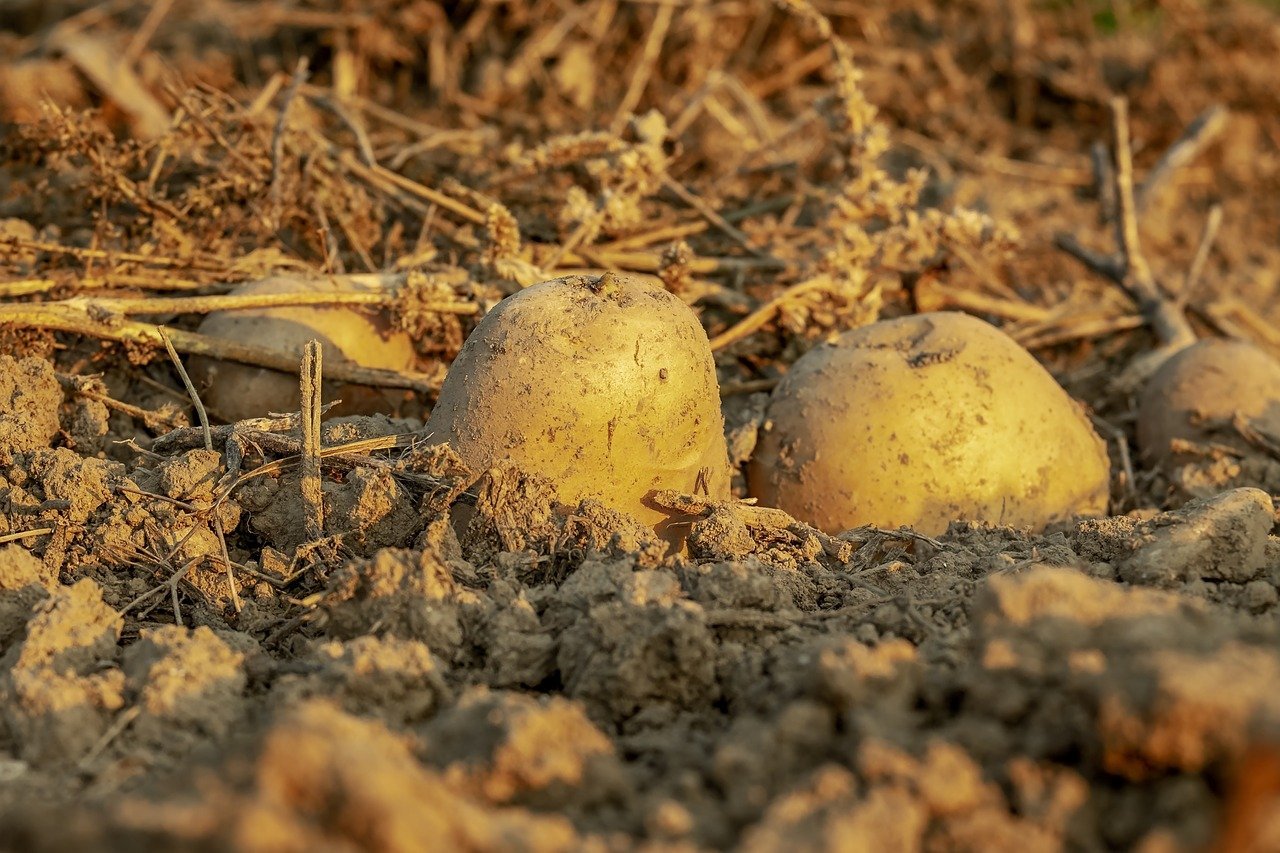

Garden Essentials
What Should Follow Potatoes In Crop Rotation
Modified: March 25, 2024
Looking for the best garden crop rotation after potatoes? Discover expert tips and insights on what should come next in your garden rotation plan.
(Many of the links in this article redirect to a specific reviewed product. Your purchase of these products through affiliate links helps to generate commission for Storables.com, at no extra cost. Learn more)
Introduction
Crop rotation is a time-honored agricultural practice that involves growing different crops in a defined sequence or pattern on the same piece of land. It is a sustainable technique that offers various benefits to crop health, soil fertility, and pest management. In this article, we will explore the importance of crop rotation and specifically focus on why it is crucial to rotate crops after growing potatoes.
Potatoes are a popular crop that provides a bountiful harvest and is a staple in many diets. However, growing potatoes continuously in the same field year after year can lead to several challenges, including decreased yields, increased pest and disease pressure, and nutrient imbalances in the soil. By implementing a proper crop rotation plan, these challenges can be mitigated, ensuring the long-term success and sustainability of potato cultivation.
In the following sections, we will discuss the benefits of rotating crops after potatoes, factors to consider when choosing crop rotation options, recommended crops to follow potatoes, and best practices for successful crop rotation.
So, if you’re a potato enthusiast or a farmer looking to optimize your crop production, read on to discover the secrets of successful crop rotation after growing potatoes!
Key Takeaways:
- Crop rotation after growing potatoes is crucial to maintain soil health, manage pests, and replenish nutrients, ensuring sustainable and successful farming.
- Choosing diverse crops like legumes, brassicas, and cereals to follow potatoes, along with proactive pest and weed management, is key to a successful crop rotation system.
Read more: What Should Garlic Follow In Crop Rotation
Importance of Crop Rotation
Crop rotation is an essential practice in agriculture for several reasons. It helps break disease and pest cycles, improves soil health, increases nutrient availability, and promotes sustainable farming practices. By diversifying the crops planted on a field over time, farmers can reap numerous benefits that contribute to long-term success and productivity. Let’s explore the importance of crop rotation in more detail:
1. Disease and Pest Management: Rotating crops is a crucial strategy to prevent the buildup and spread of pests and diseases. Many pests and diseases are specific to certain plant species, and by alternating crops, farmers disrupt the lifecycle of these pests and reduce the risk of widespread infestations. Additionally, rotating crops can help break the cycle of soil-borne pathogens that can cause diseases in certain plant species.
2. Soil Fertility: Different plants have varying nutrient needs. By rotating crops, farmers can optimize the use of nutrients in the soil. Some plants are heavy feeders and deplete specific nutrients, while others have the ability to fix nitrogen in the soil. By rotating crops with different nutrient requirements, farmers can maintain soil fertility and prevent nutrient imbalances that may occur when growing the same crop repeatedly.
3. Weed Control: Certain crop rotations can significantly suppress weed growth. Some crops have traits that naturally reduce weed pressures, such as dense canopies that shade out weeds or allelopathic properties that inhibit weed germination and growth. Therefore, by rotating crops strategically, farmers can effectively manage weeds without excessive reliance on herbicides.
4. Enhanced Water Management: Crop rotation can also play a role in water management. Different crops have different root depths and water requirements. By rotating crops with varying water needs, farmers can maximize water use efficiency and reduce water-related risks. For example, deep-rooted crops can help break up compacted soils, improving water infiltration and reducing runoff.
5. Biodiversity and Environmental Benefits: Crop rotation contributes to overall farm biodiversity by diversifying plant species. This, in turn, attracts a broader range of beneficial insects and wildlife, creating a more balanced ecological system. It also reduces the reliance on synthetic inputs, such as pesticides and fertilizers, leading to reduced environmental impact and promoting sustainable farming practices.
By understanding the importance of crop rotation, farmers can harness its benefits and optimize their agricultural practices. Next, we will delve specifically into the challenges associated with continuous potato cultivation and the benefits of rotating crops after growing potatoes.
Challenges with Continuous Potato Cultivation
While potatoes are a versatile and highly consumed crop, growing them continuously in the same field can present several challenges. These challenges can negatively impact crop health, soil fertility, and overall yield. It is essential for farmers to recognize these challenges and implement effective solutions through crop rotation. Let’s explore some of the key challenges associated with continuous potato cultivation:
1. Pest and Disease Pressure: Growing potatoes year after year in the same field increases the risk of pest and disease problems. Pests like potato beetles and diseases like late blight can build up in the soil, leading to significant losses in yield and quality. The continuous presence of a susceptible host makes it easier for pests and diseases to establish and multiply. Crop rotation helps break the cycle by reducing the available host plants for pests and diseases, effectively managing their populations.
2. Nutrient Depletion: Potatoes are heavy feeders and require adequate nutrient supply for optimal growth and yield. Continuous potato cultivation can deplete specific nutrients from the soil, leading to imbalances and deficiencies. The repeated uptake of the same nutrients by the potato plants can result in nutrient depletion, limiting their availability for future crops. Crop rotation allows for the replenishment and restoration of nutrient levels in the soil by diversifying nutrient demands across different plant species.
3. Soil Structure and Health: Intensive potato cultivation can lead to soil compaction, which hampers root development and restricts water and nutrient uptake. The heavy machinery used during potato planting and harvesting can compact the soil particles, reducing pore space and impairing soil structure. Additionally, continuous potato cultivation can lead to the buildup of specific pathogens and pests in the soil, further compromising soil health. Crop rotation helps alleviate soil compaction, enhances soil structure, and promotes a healthier soil ecosystem.
4. Weed Management: Growing potatoes continuously can lead to an increase in weed pressure. Weeds can compete with potato plants for nutrients, water, and light, reducing overall yield and quality. Moreover, as the same herbicides are repeatedly used, weed populations can develop resistance, making their management more challenging. By implementing crop rotation, farmers can disrupt weed cycles, reduce herbicide reliance, and implement cultural management practices for effective weed control.
5. Economic Sustainability: Continuous potato cultivation can have long-term economic implications. Yield reductions due to pest and disease pressures, nutrient depletion, and weed competition can impact farm profitability. In contrast, crop rotation not only improves crop health and yield potential but also enhances soil fertility, leading to sustainable and profitable farming practices.
By understanding and addressing the challenges associated with continuous potato cultivation, farmers can devise effective strategies that involve crop rotation to optimize yield, reduce pest and disease pressures, and improve overall soil and farm sustainability. In the next section, we will delve into the benefits of rotating crops after growing potatoes.
Benefits of Rotating Crops after Potatoes
Rotating crops after growing potatoes offers a multitude of benefits for both the crops and the overall agricultural system. By diversifying the plant species on the field, farmers can effectively manage pests and diseases, replenish soil nutrients, improve soil health, and enhance overall yield potential. Let’s explore some of the key benefits of rotating crops after growing potatoes:
1. Pest and Disease Management: Rotating crops disrupts the lifecycle of pests and diseases that are specific to potatoes. Different crops have different pest and disease pressures, and by rotating crops, farmers can reduce the risk of widespread infestations. This break in the cycle also minimizes the buildup of specific pathogens and pests in the soil, reducing the need for chemical interventions and promoting natural pest control.
2. Nutrient Replenishment: Different crops have different nutrient requirements. By rotating crops after potatoes, farmers can optimize the use of nutrients in the soil. For example, leguminous crops like peas and beans have the ability to fix nitrogen from the atmosphere, enriching the soil with this essential nutrient. Other crops may have different nutrient demands, ensuring a more balanced nutrient profile in the soil and reducing the likelihood of nutrient deficiencies.
3. Soil Health and Fertility: Continuous potato cultivation can lead to soil depletion and degradation. By rotating crops, farmers can improve soil health and fertility. Different crops have different root systems and exude various compounds into the soil, contributing to microbial diversity and nutrient cycling. This enhances soil structure, organic matter content, water-holding capacity, and overall soil health, leading to improved crop performance.
4. Weed Control: Crop rotation can help manage weeds more effectively. Different crops have varying growth habits, canopy structures, and allelopathic properties, which can naturally suppress weed growth. By rotating crops, farmers can utilize crops with strong weed-suppressing traits, reducing the need for herbicides and weed management efforts. Additionally, alternating crops can disrupt the life cycles of specific weed species, further alleviating weed pressures.
5. Diversified Income Streams: Rotating crops after potatoes allows farmers to diversify their income streams. Different crops have varying market demands and price fluctuations. By growing a variety of crops, farmers can spread the risk and have a more stable and sustainable income source. This diversification can also provide opportunities for value-added products and niche markets.
By implementing crop rotation after growing potatoes, farmers can harness these benefits and create a more resilient and sustainable agricultural system. The next section will discuss important factors to consider when choosing crop rotation options.
After potatoes, consider planting legumes like peas or beans in the next growing season. Legumes help replenish the soil with nitrogen, which is essential for healthy plant growth.
Factors to Consider when Choosing Crop Rotation Options
When it comes to choosing crop rotation options after growing potatoes, several important factors need to be considered. These factors will influence the success of the rotation, including overall crop health, pest and disease management, soil fertility, and economic sustainability. Let’s delve into some key factors that farmers should consider when selecting crop rotation options:
1. Pest and Disease Resistance: Different crops have varying levels of resistance to pests and diseases. It’s crucial to choose crops that are less susceptible to common potato pests and diseases prevalent in your region. This helps break the pest and disease cycle and minimizes the risk of crop losses. Consulting with local agricultural extension services or experienced farmers can provide valuable insights into which crops are more resistant or less prone to specific pests and diseases.
2. Nutrient Needs and Complementary Fertility: Each crop has specific nutrient requirements. When choosing rotation options, consider the nutrient needs of the following crop and how it complements the nutrient profile of the land after growing potatoes. For example, leguminous crops fix nitrogen from the atmosphere, helping replenish this essential nutrient in the soil. Additionally, alternate crops with different nutrient requirements can help maintain a balanced nutrient profile and prevent nutrient imbalances or deficiencies.
3. Soil Health Improvement: Consider crops that contribute to soil health improvement. Some crops, such as cover crops like clover or buckwheat, can help reduce soil erosion and improve organic matter content. Deep-rooted crops like radishes or turnips can break up compacted soil layers and improve water infiltration. Choosing crops that enhance soil structure, microbial activity, and organic matter content can benefit both the current and future crops in the rotation.
4. Weed Management: Every crop has different effects on weed management. Some crops naturally suppress weed growth through their canopy structure or chemical compounds they release into the soil. It’s important to consider rotation options that help break weed cycles and reduce weed pressures. This can be achieved by alternating between crops with varying growth habits, competitive abilities, or allelopathic properties that inhibit weed growth. Enhancing weed control through crop rotation minimizes the reliance on herbicides while promoting more sustainable weed management practices.
5. Market Demand and Crop Economics: It’s essential to consider market demand and crop economics when choosing rotation options. Research market trends, prices, and consumer preferences for the crops you are considering. Ensure there is a market for the crops you plan to grow, and assess their potential profitability. Diversifying the rotation with crops that have stable demand and good economic returns can contribute to the success and financial sustainability of the farm.
6. Crop Rotation Planning: Finally, when choosing crop rotation options, plan multiple years in advance. Consider the overall rotation scheme and how different crops fit into the sequence. Avoid planting the same crop family immediately after potatoes. Instead, opt for crops from different families that have distinct growth patterns, nutritional needs, and pest and disease profiles. Planning ahead ensures a more organized and effective crop rotation system.
By carefully considering these factors, farmers can choose the most suitable crop rotation options after growing potatoes. The next section will explore some recommended crops that can successfully follow potatoes in a rotation.
Recommended Crops to Follow Potatoes
When planning a crop rotation system, it is important to choose appropriate crops to follow potatoes. These crops should provide the necessary benefits of pest management, nutrient replenishment, and soil health improvement. Here are some recommended crops that can successfully follow potatoes in a rotation:
1. Legumes: Leguminous crops like beans, peas, or lentils are excellent choices to follow potatoes. Legumes have the unique ability to fix nitrogen from the atmosphere into the soil, making it available for the subsequent crops. This helps replenish nitrogen levels and improves overall soil fertility. Legumes also have a different pest and disease profile than potatoes, which reduces the risk of continuous pest and disease pressures.
2. Brassicas: Brassica crops, such as cabbage, broccoli, or cauliflower, are good options for crop rotation after potatoes. These crops have different nutrient requirements than potatoes, and their deep root systems help break up soil compaction. Furthermore, brassicas are known for their biofumigation properties, where the breakdown of their plant tissues releases natural compounds that help suppress soil-borne pests and diseases, reducing their impact on subsequent crops.
3. Cereals: Cereal crops like wheat, barley, or oats can be beneficial in a rotation after potatoes. Cereals are efficient at utilizing nutrients in the soil and have a different pest and disease profile than potatoes. They also contribute to soil structure improvement and organic matter accumulation. Additionally, the straw from cereal crops can be returned to the soil as organic mulch, further enriching the soil and improving water retention.
4. Root Crops: Root crops like carrots, beets, or radishes can follow potatoes in a rotation. These crops break up soil compaction with their deep taproots, improve soil structure, and have different nutrient demands compared to potatoes. Root crops are generally less prone to the same pests and diseases that affect potatoes, making them an ideal choice to minimize the risk of continuous pest pressures.
5. Green Manure Cover Crops: Green manure cover crops, such as clover, vetch, or rye, can be used in the year following potato cultivation. These cover crops offer multiple benefits, including weed suppression, erosion control, and soil improvement. They help build organic matter in the soil, enhance soil structure, and provide nutrients when incorporated into the soil before planting the next crop. Green manure cover crops are an environmentally friendly option that contributes to sustainable farming practices.
6. Fallow: In some cases, allowing the field to lie fallow for a season can be an effective strategy before replanting potatoes. Fallowing helps in reducing pest and disease pressures, allowing time for natural decomposition of potato residues, and promoting soil recovery. However, it is essential to manage weeds during the fallow period to prevent them from taking over the field.
These recommended crops provide diverse benefits to the soil, break pest and disease cycles, and optimize nutrient utilization, ultimately contributing to the long-term success of potato cultivation. In the next section, we will explore best practices for successful crop rotation after potatoes.
Best Practices for Successful Crop Rotation
Implementing a successful crop rotation system is essential to maximize the benefits and overcome the challenges associated with continuous potato cultivation. Here are some best practices to ensure the effectiveness of crop rotation:
1. Plan Ahead: Take the time to plan your crop rotation system in advance, considering factors such as pest and disease management, soil fertility, and market demand. Develop a rotation scheme that spans multiple years, ensuring that different crops are strategically placed in the sequence to maximize benefits and minimize risks.
2. Diversify Crop Families: Avoid planting crops from the same family immediately after potatoes. Instead, choose crops from different families. Planting crops with distinct growth habits, nutrient requirements, and pest and disease profiles helps reduce the risk of continuous buildup and spread of pests and diseases.
3. Rotate Crop Species: Rotate among different crop species to break pest and disease cycles. Planting the same crop in the same field year after year increases the likelihood of pest infestations and disease outbreaks. By diversifying crop species, you disrupt the lifecycle of specific pests and diseases, reducing their impact on subsequent crops.
4. Pay Attention to Nutrient Balance: Consider the nutrient requirements of each crop in the rotation and ensure a balanced nutrient profile in the soil. Alternating between crops with different nutrient demands helps prevent nutrient imbalances and deficiencies. Additionally, incorporate organic matter, such as compost or cover crops, to enhance soil fertility and nutrient availability.
5. Manage Weeds Proactively: Implement effective weed management strategies throughout the crop rotation. Control weeds early and consistently to prevent them from competing with crops for resources. Utilize cultural practices, such as crop spacing, mulching, and timely cultivation, in addition to herbicides, to manage weed populations. Crop rotation helps disrupt weed cycles and reduces the reliance on herbicides, promoting more sustainable weed management practices.
6. Monitor and Control Pests and Diseases: Regularly scout for pests and diseases throughout the rotation. Implement integrated pest management (IPM) strategies, which may include cultural practices, biological controls, and judicious use of pesticides when necessary. Keeping a close eye on the field allows for early detection and timely intervention, minimizing the impact of pests and diseases on overall crop health and yield.
7. Maintain Good Recordkeeping: Keep detailed records of your crop rotation system, including the crops grown, planting dates, inputs used, and yields. This information will help you track the performance of different crops, make informed decisions about future rotations, and identify patterns or issues that may arise over time.
8. Continuous Learning and Adaptation: Stay updated on the latest research, farming practices, and technologies related to crop rotation and potato cultivation. Attend workshops, conferences, and webinars, and engage with fellow farmers and agricultural experts to exchange knowledge and experiences. Adapt your crop rotation system based on the lessons learned, integrating new practices or crop varieties to improve the overall sustainability and productivity of your farm.
By following these best practices, you can establish a successful crop rotation system that optimizes yield, minimizes pest and disease pressures, improves soil health, and promotes sustainable farming practices. In the concluding section, we will summarize the key points and emphasize the importance of crop rotation after growing potatoes.
Conclusion
Crop rotation is a valuable technique that holds immense importance in the world of agriculture. When it comes to growing potatoes, implementing a proper crop rotation system becomes even more critical. Continuous potato cultivation can lead to challenges such as increased pest and disease pressures, nutrient depletion, soil compaction, and weed competition. By rotating crops after growing potatoes, farmers can effectively mitigate these challenges while reaping numerous benefits.
Throughout this article, we have highlighted the significance of crop rotation and provided insights into its practical implementation. Crop rotation offers advantages such as pest and disease management, nutrient replenishment, soil health improvement, weed control, and diversified income streams. By carefully selecting crops that complement the requirements of the land and bring ecological balance, farmers can foster sustainable agricultural practices and maximize their long-term success.
When choosing crop rotation options after growing potatoes, several factors need to be considered. These factors include pest and disease resistance, nutrient needs, soil health improvement, weed management, market demand, and proper crop rotation planning. By taking these factors into account, farmers can make informed decisions and select the most suitable crops for their rotation system.
Recommended crops to follow potatoes include legumes, brassicas, cereals, root crops, and green manure cover crops. These crops contribute to soil fertility, break pest and disease cycles, and provide ecological benefits. It is crucial to diversify the rotation by selecting crops from different families and species to promote overall crop health and minimize the risk of continuous pest and disease pressures
To ensure the success of crop rotation, best practices should be followed. Planning ahead, diversifying crop families, rotating crop species, maintaining nutrient balance, proactive weed and pest management, recordkeeping, and continuous learning are key to a well-executed crop rotation system.
In conclusion, implementing crop rotation after growing potatoes is a vital practice for sustainable and successful farming. By harnessing the benefits of diversification, pest management, nutrient replenishment, and soil health improvement, farmers can optimize their yields, reduce input costs, and contribute to a more resilient and sustainable agricultural system.
So, if you are a potato enthusiast or a farmer looking to enhance your potato cultivation, consider implementing a robust crop rotation system. Embrace the power of diversification and reap the rewards that this time-tested agricultural practice has to offer.
Frequently Asked Questions about What Should Follow Potatoes In Crop Rotation
Was this page helpful?
At Storables.com, we guarantee accurate and reliable information. Our content, validated by Expert Board Contributors, is crafted following stringent Editorial Policies. We're committed to providing you with well-researched, expert-backed insights for all your informational needs.






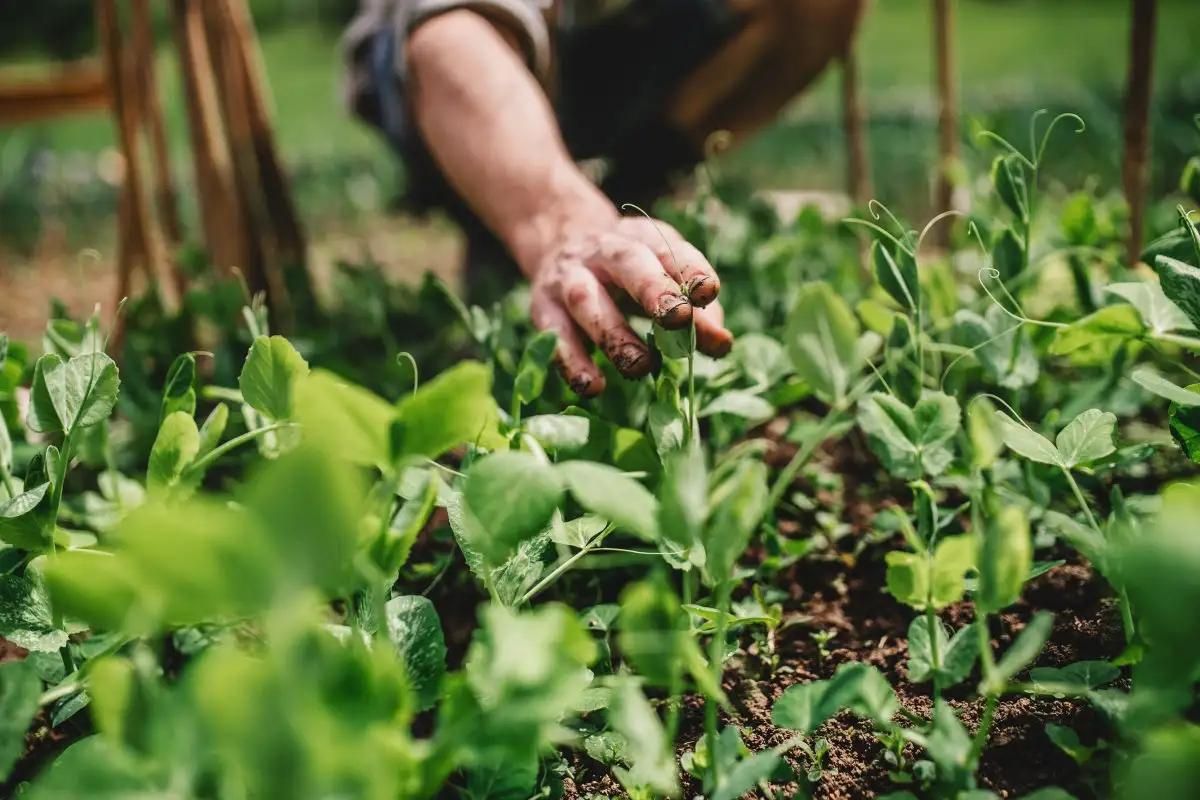
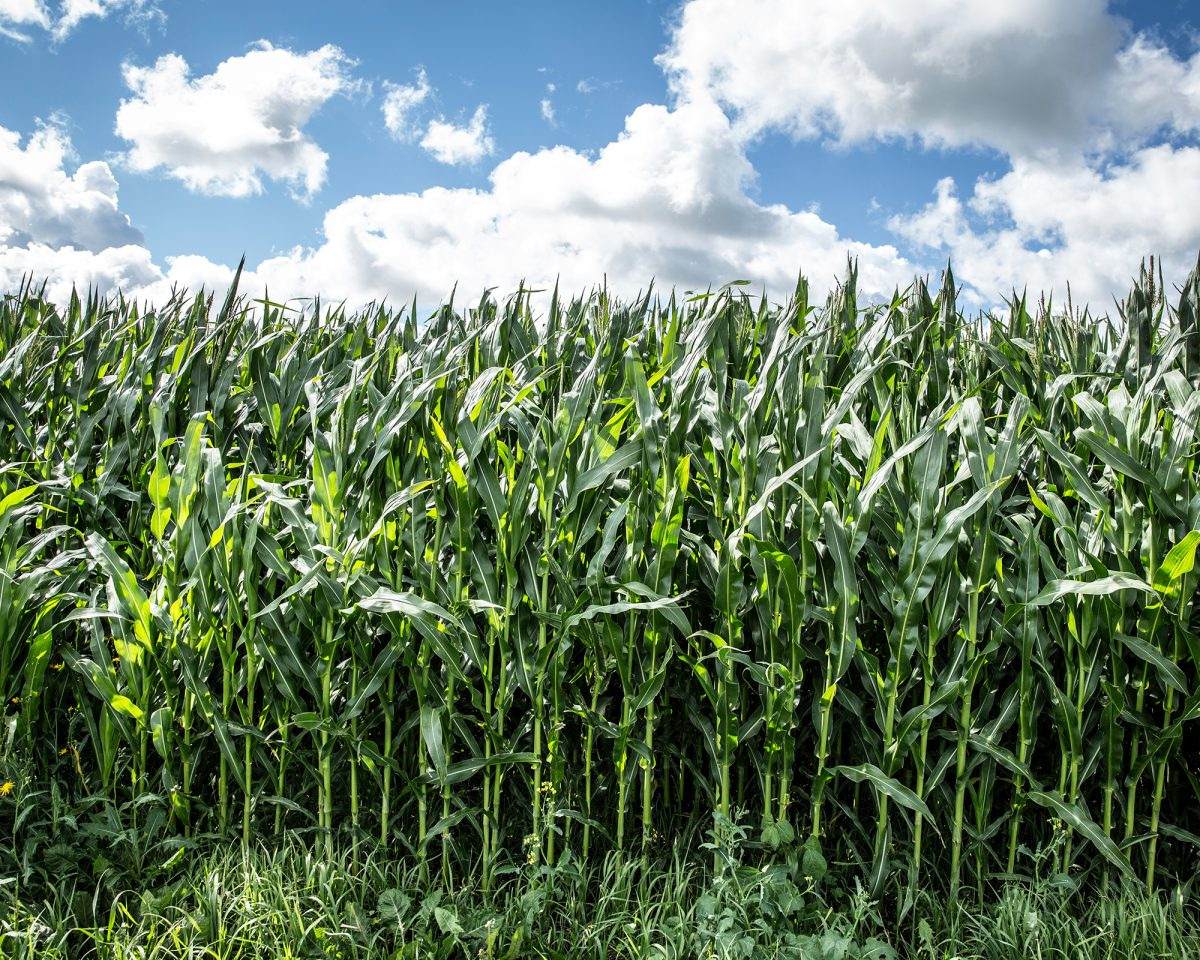
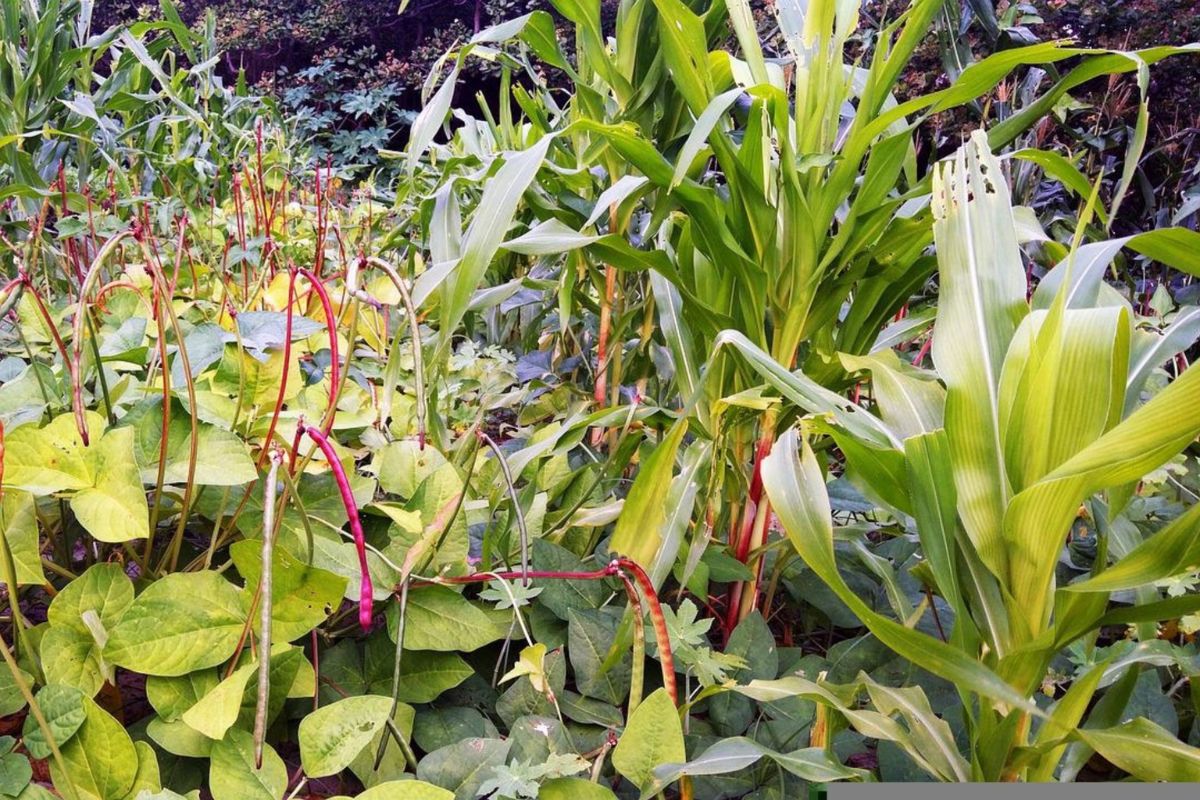
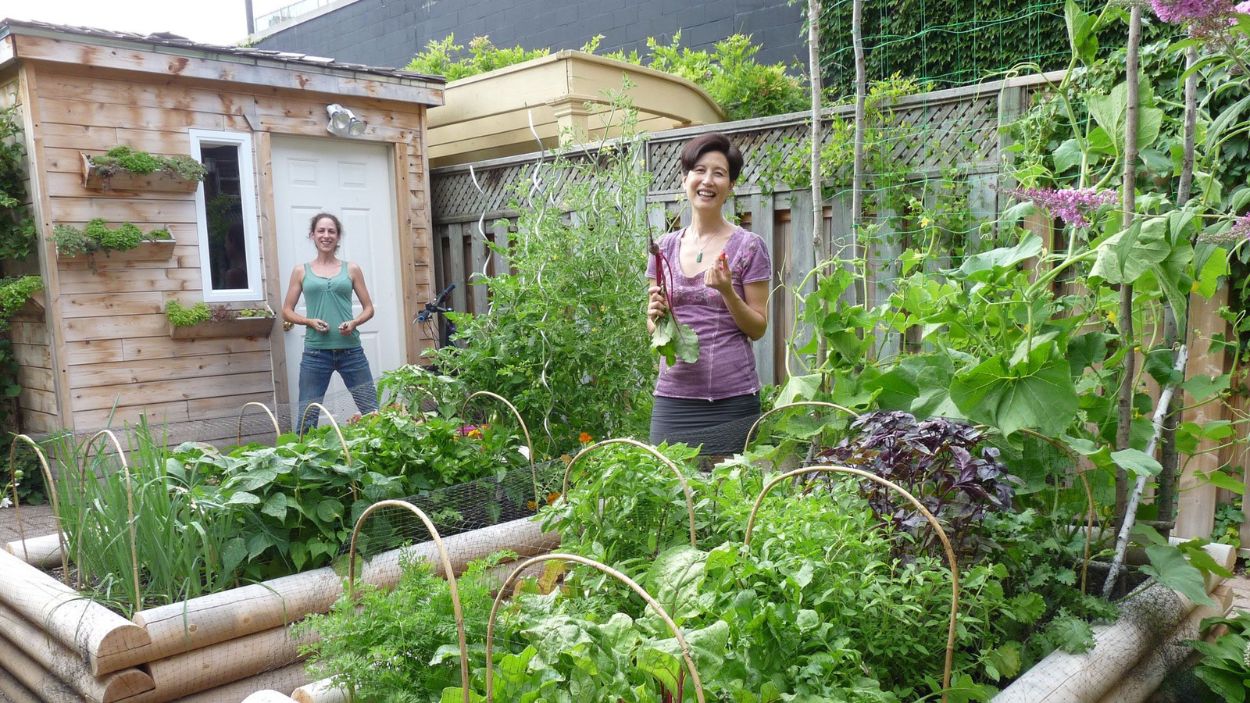
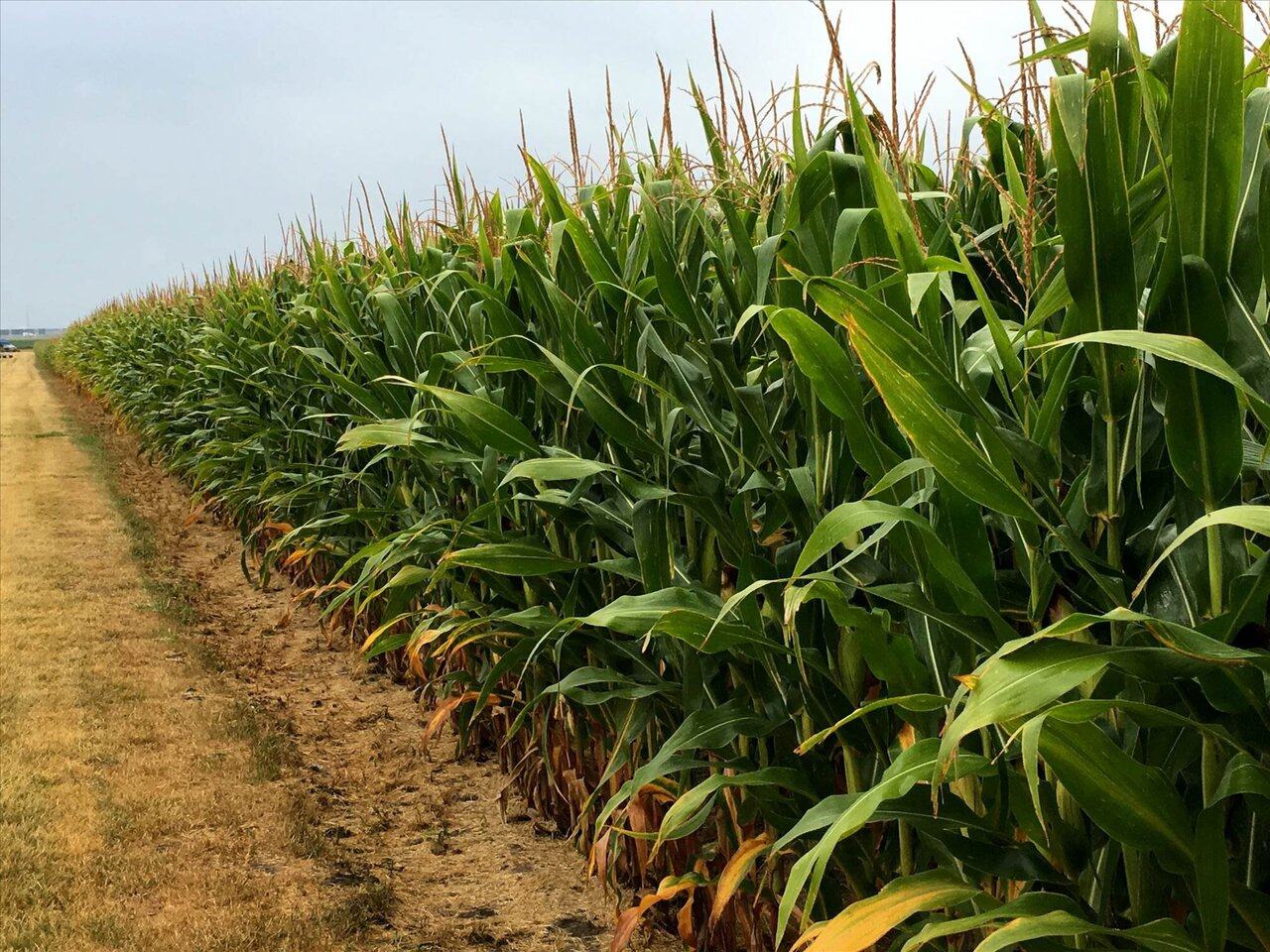
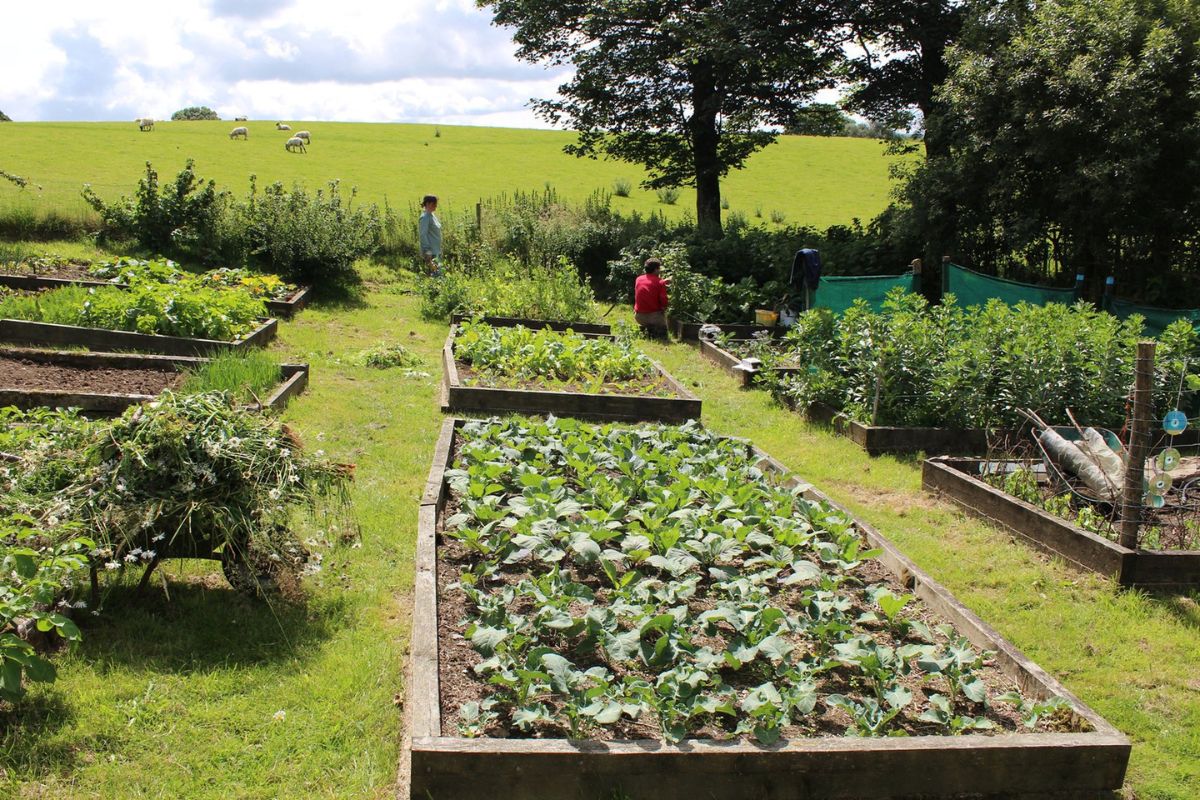
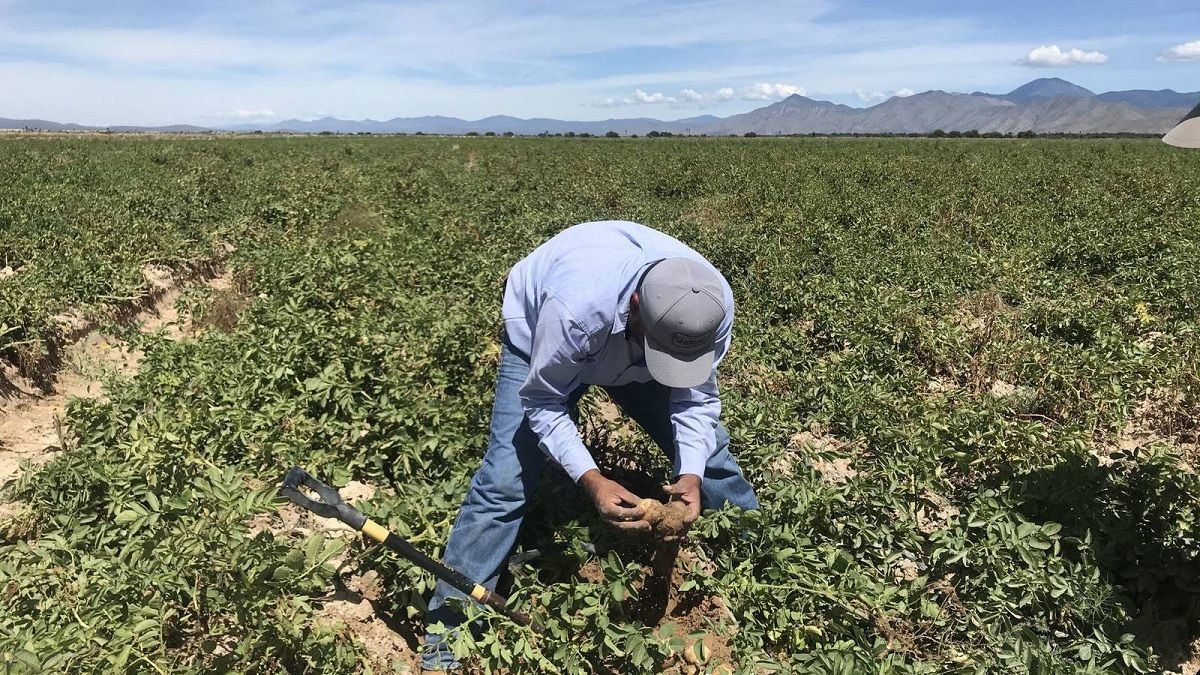
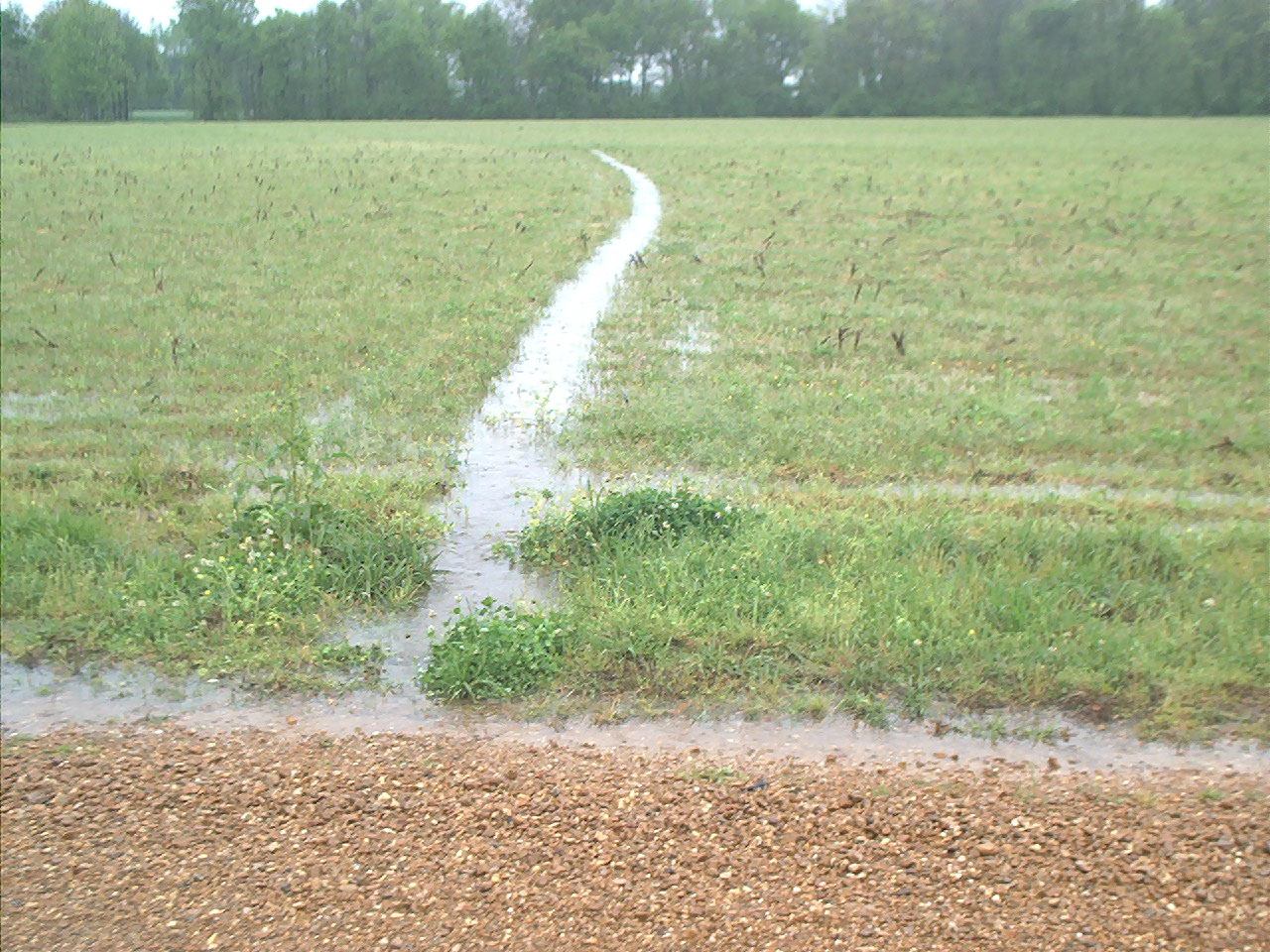

0 thoughts on “What Should Follow Potatoes In Crop Rotation”